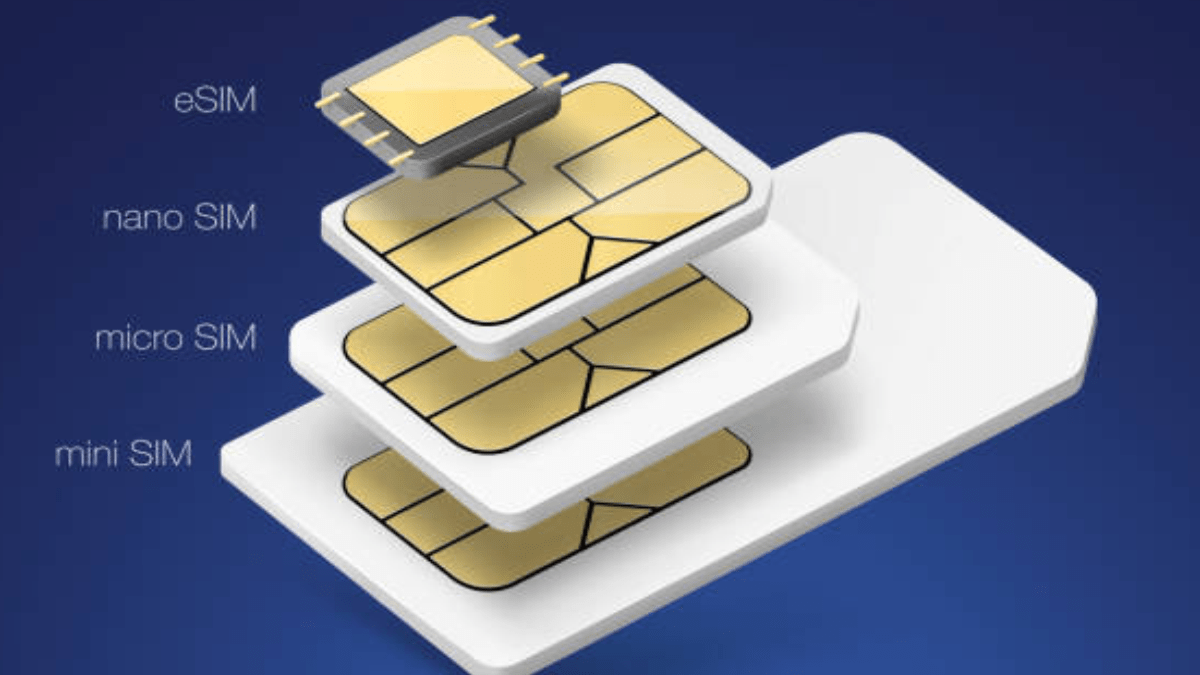In the world of smartphones, you may have come across the term “eSIM” but wondered what it actually means. To put it simply, an eSIM, or embedded SIM, is a digital version of the traditional physical SIM card that you insert into your phone to connect to a mobile network.
Instead of a physical card, the eSIM is built directly into your smartphone’s hardware. It’s like having a digital passport for your phone that allows you to connect to cellular networks without needing a physical SIM card.

The eSIM works by storing all the necessary information required to identify your device and connect it to a mobile network. This includes your unique subscriber identity, mobile network credentials, and other network-related data. This information is securely stored within the eSIM chip inside your phone.
One of the significant advantages of eSIM technology is its flexibility. Unlike physical SIM cards that need to be swapped out when changing carriers or traveling to different countries, an eSIM allows you to switch between carriers or plans digitally. You can simply choose a new mobile network provider or plan from your phone’s settings, eliminating the need to physically replace a SIM card.
Additionally, eSIMs make it easier to have multiple phone numbers on a single device. You can have a personal and business number or use local numbers when traveling abroad, all without the hassle of carrying multiple physical SIM cards.
Another benefit is the convenience of activating your phone on a network. With eSIMs, you can activate your phone remotely without needing to visit a store or wait for a physical SIM card to be shipped to you. This can save time and make it more convenient to start using your device on a new network.
It’s important to note that not all smartphones support eSIM technology, as it requires specific hardware and software integration. However, an increasing number of devices, especially newer models, are now equipped with eSIM capabilities.
Here’s a sample list of smartphones that support eSIM technology:
- Apple iPhone 12, iPhone 13 series (including iPhone 12 Mini, iPhone 12 Pro, iPhone 13 Pro, etc.)
- Samsung Galaxy S21 series (including Galaxy S21, Galaxy S21+, Galaxy S21 Ultra)
- Google Pixel 4a, Pixel 4a 5G, and Pixel 5
- Samsung Galaxy Fold and Galaxy Z Flip series (Fold 3, Z Flip 3)
- Apple iPhone SE (2020)
- Google Pixel 3a and Pixel 3a XL
- Samsung Galaxy Note 20 and Note 20 Ultra
- Motorola Razr (2020)
- OnePlus 7T and 7T Pro
- Microsoft Surface Duo
Please note that this is just a base sample list, and there are many more smartphones available in the market that support eSIM technology. It’s always recommended to check the specifications of a particular smartphone model to confirm if it has eSIM capability.
In conclusion, an eSIM is a digital SIM card embedded within your smartphone that enables you to connect to mobile networks without the need for a physical card. It offers flexibility in choosing and switching between carriers or plans, the convenience of remote activation, and the ability to have multiple phone numbers on a single device. As this technology continues to evolve, more smartphones are likely to adopt eSIM functionality, making it a convenient and versatile option for users.
